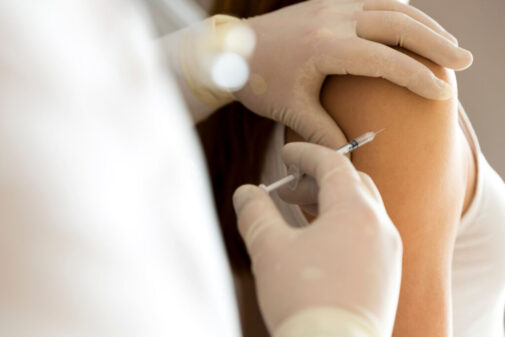More kids getting deadliest form of skin cancer

A new warning out this week for kids who tan—you are putting your health at risk.
Why?
New research shows that melanoma rates are increasing among U.S. children from newborns to age19.
The new findings from the U.S. National Cancer Institute are published in the May issue of Pediatrics. They show while melanoma in children is still rare, the rate is up by 2 percent. The biggest jump is among adolescents ages 15 to 19, especially girls, researchers say.
According to the study, 1,317 children were diagnosed with melanoma between 1973 and 2009. Of these, 1,230 were white.
Melanoma accounts for up to 3 percent of all pediatric cancers, according to data from the Skin Cancer Foundation. And other recent studies show an increase in melanoma among adults.
Lead authors for the study said in a statement that more research is needed to pinpoint exactly what’s driving the trend, but they are certain increases in ultraviolet radiation exposure from the sun and tanning are likely responsible.
A closer look at the study
Some interesting highlights from the study showed that boys were more likely to develop melanomas on their face and torso, while girls were more likely to get it on their lower legs and hips.
Other risk factors noted by researchers was a higher incidence of melanoma in kids and adults with fair skin, light-colored hair, eyes, moles, those with sunburns and a family history of melanoma.
Advocate Medical Group physician, Dr. Adam Riker is the medical director of the melanoma program at Advocate Christ Medical Center in Oak Lawn, Ill. He says melanoma is one of the most rapidly growing cancers in the United States.
“It can be very scary, he says. “It’s responsible for 6 out 7 skin-related deaths.”
Dr. Riker says the key to survival is early detection. “It all begins with full-body skin exams and seeing your dermatologist and primary care physician on a regular basis.”
He offers these preventive steps for parents and kids:
- Make skin exams a regular part of your monthly routine.
- Check for unusual moles and other marks that appear different in size, color, shape or texture.
- Apply sunscreen daily.
- Wear proper clothing while out enjoying the sunshine.
- Report any changes you see to your doctor right away.
“If you catch melanoma early, you increase your chance of survival by 99 percent,” he says. “Early detection is key.”
Click here to hear more from Dr. Riker about the melanoma program offered at Christ Medical Center.
Related Posts
Comments
4 Comments
About the Author
health enews staff is a group of experienced writers from our Advocate Health Care and Aurora Health Care sites, which also includes freelance or intern writers.


















I was just in Arizona for eight days with my wife and our six-year-old. I think we went though four or five spray cans for sunscreen that week. And even with all of the care we put into protecting her from the sun, she still have mild burns under her eyes.
Thanks for this story. Everyone needs to pay attention to this issue.
Two of the ugliest words in our language are “malignant” and “melanoma.” Put them together and you get a very scary phrase. But if early detection leads to “in situ” and “Stage 0”, things look a lot brighter. All of that just happened to my spouse. We are thankful that she took good advice and visited a dermatologist.
Early detection is indeed the key to survival. My spouse just heard “malignant melanoma” followed by “in situ” and “Stage 0.” We believe she will be okay. She was wise to follow sound advice from several family members to see a dermatologist.
Put 2 + 2 together – the more sunscreen that will be used – the more skin cancer is going to grow!!!! I remember back in 1973 when everyone started wearing sun screen – I was 18 then and started buying it for myself – before that we never used it – we played out all summer long!
its all those chemicals in the sunscreens being absorbed into the skin that is causing all the skin cancer…………………………duh!
Use clear aloe vera gel – or even olive oil – get into the sun for 15 minutes a day to prep ourselves and then little by little longer – until the skin is brown and enjoy the sun – it is so needed~ Low Vit D levels contribute to MS and breast cancer!